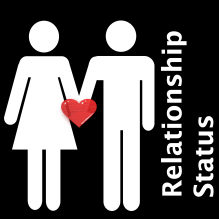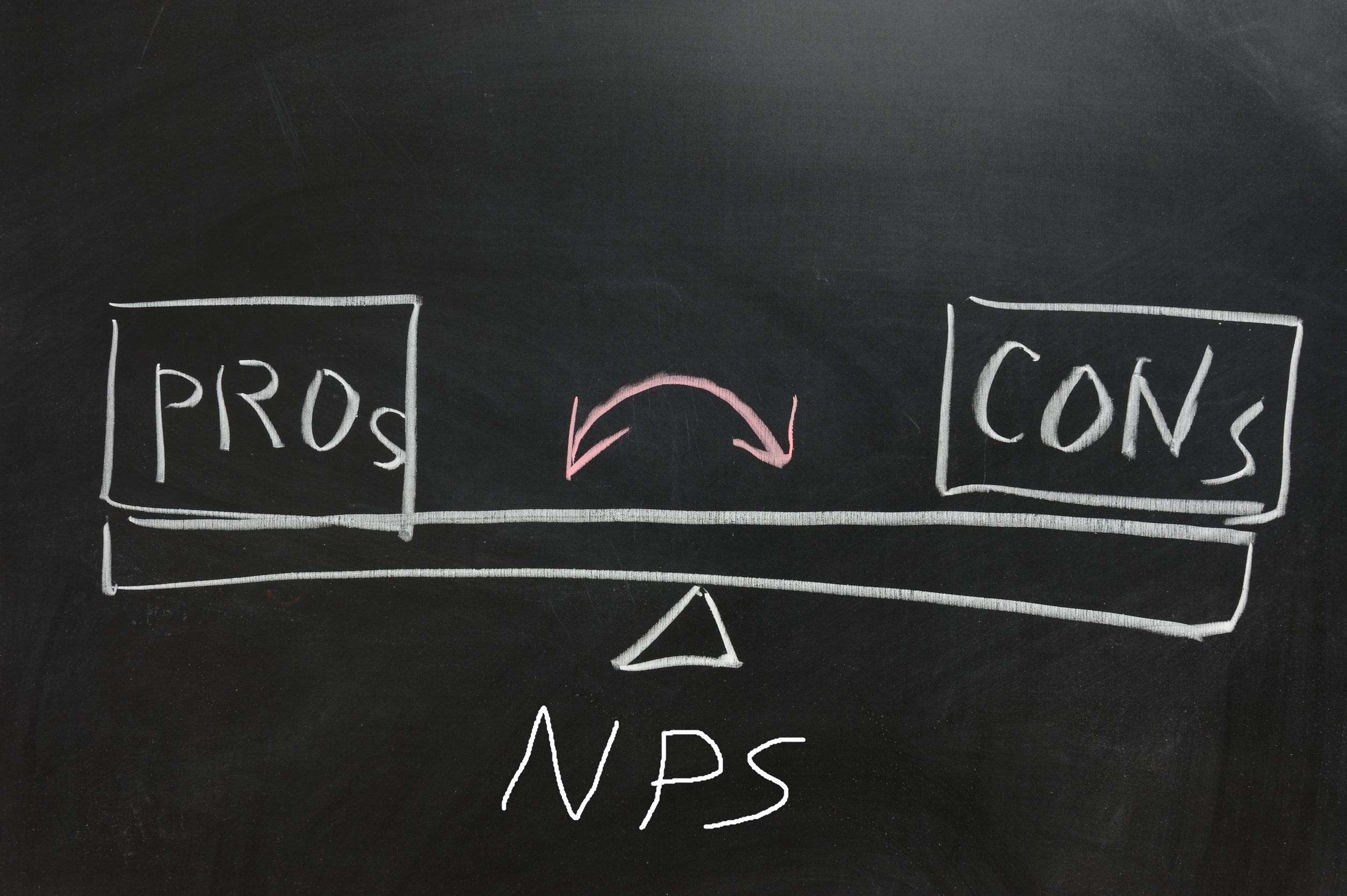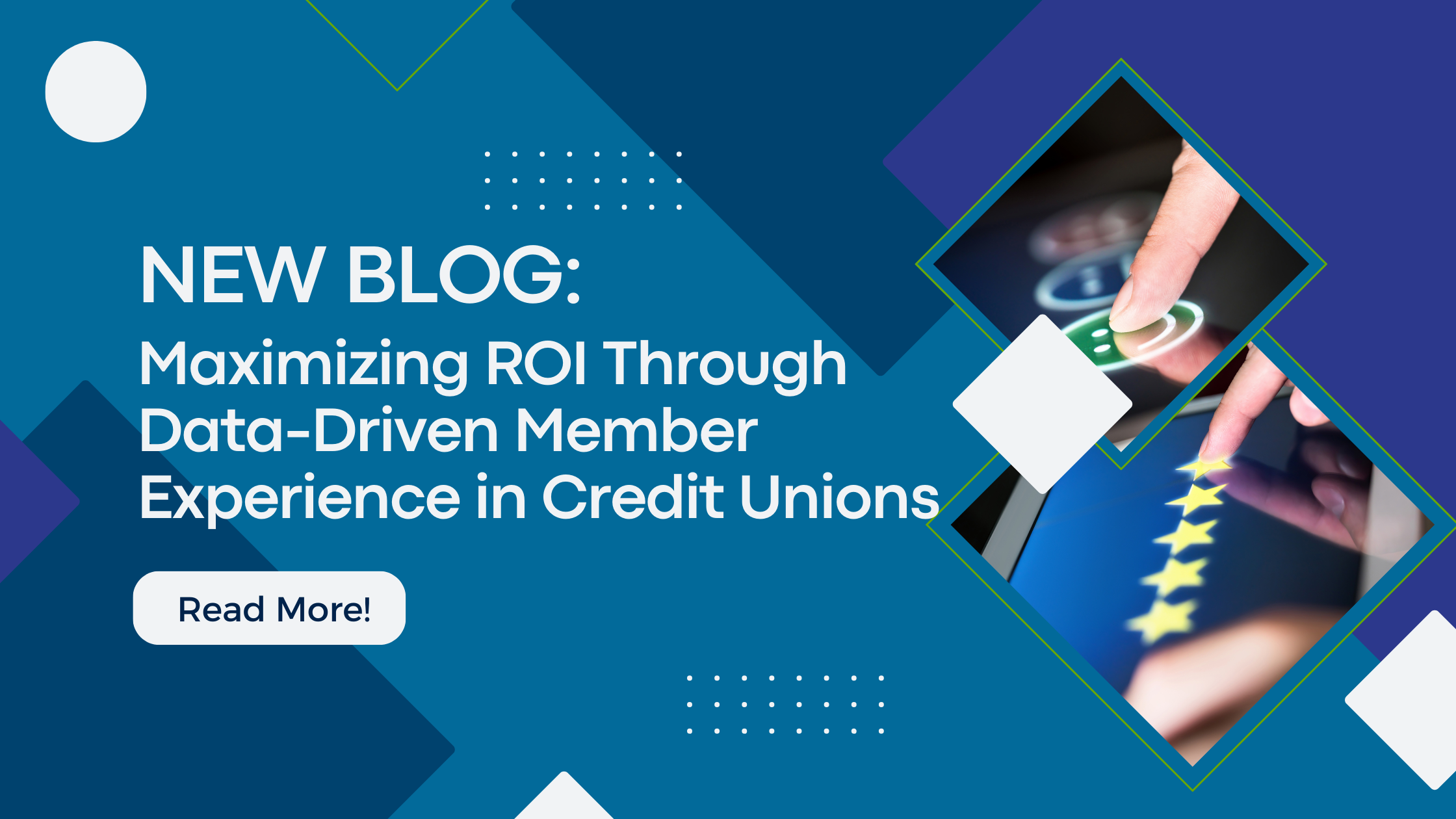Ride Member Loyalty to Increase Profits
Member loyalty is one of the main predictors of member retention, and therefore of profitability. Why? Because credit union can’t rely on always having the best rates, service, and programs. So what’s to stop members from jumping ship to save a couple of basis points? One major factor is loyalty. Think of member loyalty as building up credit with your members for when things don’t go exactly as planned.
How to Measure Loyalty
The most well-known way to measure loyalty is Net Promoter Score®, or NPS. NPS asks members a simple question: how likely they are (scale of 0-10) to recommend your credit union to friends or family. The logic is that if a member is very likely to recommend you to someone they know, it means they are 100% sure that you are the right choice—which is a very strong indicator of loyalty.
Calculating NPS®
Based on the numeric score they give, respondents are separated into three categories: (0-6) Detractors, (7-8) Passives, and (9-10) Promoters. There’s some math involved, which I won’t get into here, and you end up with a score that tells you the overall loyalty of your membership.
Net Promoter Score: What’s the Big Deal?
NPS is popular for many reasons:
- Simplicity – Having a single metric for the entire enterprise to focus on brings remarkable clarity to organizational goals
- Widely used – Benchmark data is available to compare within your industry
- A Strong indicator of success – Companies that perform near the top of NPS rankings have outgrown their competition by over 2x.
Not Sold on NPS? Try Member Effort Score (the alternative to NPS)
Member Effort Score (commonly called “Customer Effort Score”, or CES) is a powerful metric to measure satisfaction with one single question. The underlying thought is that you create loyal members by reducing their effort. Research by the Harvard Business Journal suggests it is a stronger loyalty indicator than Net Promoter Score.
The member is asked how much effort was put into a certain interaction with the credit union. Research by CEB, the creators of the metric, showed that “Service organizations create loyal customers primarily by reducing customer effort – i.e. helping them solve their problems quickly and easily – not by delighting them in service interactions”
Why Should We Care About Effort?
Committing your Credit Union to reducing Member Effort is logical. You will lose more members through bad experiences and employee mistakes than you will be able to make up for by providing those elusive “delightful” experiences that create raving fans. By focusing on minimizing or eliminating those difficult, painful experiences that drive members away, you will create truly loyal members.
Understanding your member loyalty will help you predict which members are ready for new offers from you. Even more critical is knowing which members are at risk of defecting, and what steps you need to take to prevent it. Measuring it allows you to manage it, which will ultimately lead to better member retention, which leads directly to growth and profitability. So get on that Member Loyalty train ASAP—it’s worth it!





